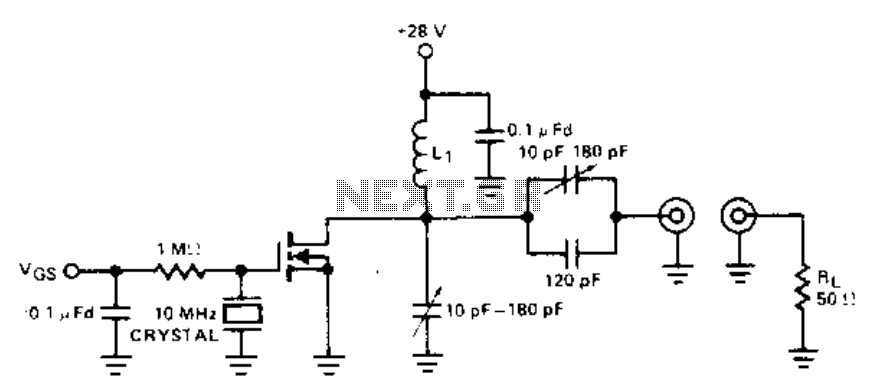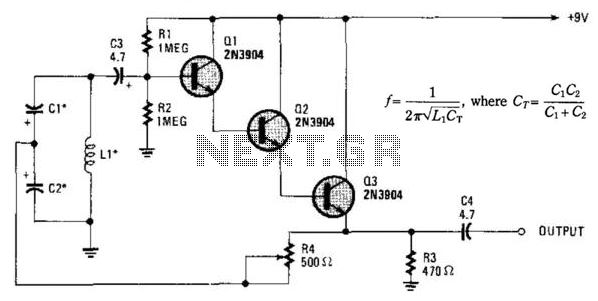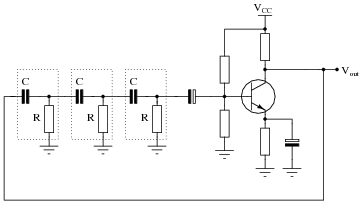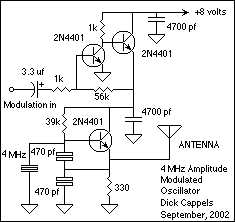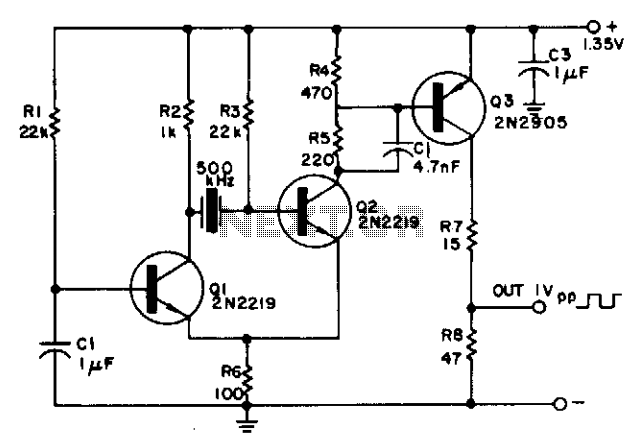
Square wave oscillator
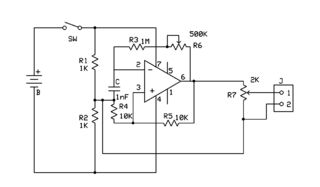
An attempt has been made to follow an instructable for some time; however, understanding its schematic remains challenging. The issue is not a lack of knowledge regarding the symbols used.
In electronic schematics, symbols represent various components and their connections within a circuit. A comprehensive understanding of these symbols and their functions is crucial for interpreting circuit diagrams effectively. Common symbols include resistors, capacitors, transistors, diodes, and integrated circuits, each serving a specific purpose in the overall design.
To facilitate understanding, it is essential to familiarize oneself with the standard symbols and their corresponding values. For instance, resistors are typically depicted as zigzag lines, while capacitors are represented by two parallel lines. Transistors can be more complex, often shown with additional connections indicating their type (NPN or PNP for bipolar junction transistors, for example).
In addition to symbols, recognizing the layout of the schematic is vital. Components are usually connected by lines that indicate electrical connections, and the arrangement often reflects the flow of current through the circuit. Understanding the function of each component within the context of the circuit is necessary to grasp how they interact to achieve the desired performance.
For those struggling with a specific schematic, it may be beneficial to break it down into smaller sections, analyzing each component and its role individually before considering the circuit as a whole. Utilizing resources such as online tutorials or reference books on electronics can also provide valuable insights into reading and interpreting schematics effectively.Well, I try to follow an instructable for quiet a while now, but I still couldn`t understand its schematic.. its not that I don`t know what the symbo.. 🔗 External reference
In electronic schematics, symbols represent various components and their connections within a circuit. A comprehensive understanding of these symbols and their functions is crucial for interpreting circuit diagrams effectively. Common symbols include resistors, capacitors, transistors, diodes, and integrated circuits, each serving a specific purpose in the overall design.
To facilitate understanding, it is essential to familiarize oneself with the standard symbols and their corresponding values. For instance, resistors are typically depicted as zigzag lines, while capacitors are represented by two parallel lines. Transistors can be more complex, often shown with additional connections indicating their type (NPN or PNP for bipolar junction transistors, for example).
In addition to symbols, recognizing the layout of the schematic is vital. Components are usually connected by lines that indicate electrical connections, and the arrangement often reflects the flow of current through the circuit. Understanding the function of each component within the context of the circuit is necessary to grasp how they interact to achieve the desired performance.
For those struggling with a specific schematic, it may be beneficial to break it down into smaller sections, analyzing each component and its role individually before considering the circuit as a whole. Utilizing resources such as online tutorials or reference books on electronics can also provide valuable insights into reading and interpreting schematics effectively.Well, I try to follow an instructable for quiet a while now, but I still couldn`t understand its schematic.. its not that I don`t know what the symbo.. 🔗 External reference
